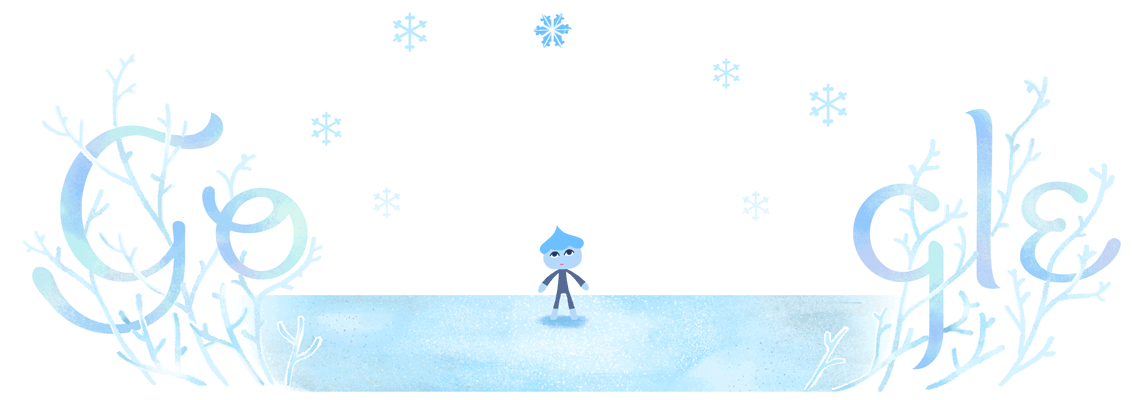
For those living in the Northern Hemisphere, Dec. 21 marks the beginning of the longest night of the year — and, of course, the shortest day. The date and time of Winter Solstice, featured in a special Google Doodle Friday, vary by the year, though it typically falls between Dec. 19 and 22.
What is the Winter Solstice?
Winter Solstice is an astronomical phenomenon that occurs when the Earth’s axial tilt is farthest away from the sun. It derives its name from the Latin word “solstitium,” which means “Sun standing still.” The word describes how the sun appears on the earth’s horizon to observers. It marks the transition period at which days begin getting longer in the Northern Hemisphere and shorter in the Southern Hemisphere, and ushers in the Winter season.
What’s special about this year?
This year’s Winter Solstice will coincide with a Full Cold Moon — the full moon of December, according to Space.com. The moon is set to become officially full on Dec. 22 at 12:49 p.m. EST. According to Space.com, the last time a full moon coincided with the solstice was in 2010, and it is not expected to happen again until 2094.
How is the Winter Solstice observed throughout the world?
The winter solstice is marked with ceremonies and celebrations across the globe. In Ireland, people convene at a 5,000-year-old gravesite called Newgrange, where they wait for a chance to see the sunrise lighting up the tomb. At Stonehenge in Wiltshire, England, people similarly come together to watch the sun being cast over the famous prehistoric monument. China marks the start of winter with the Dongzhi festival, during which families come together and enjoy rice balls called tangyuan. The treat is said to bring prosperity and unity. Some Scandinavian and Germanic peoples in northern Europe celebrate with Yule, a day of gathering and gift giving.
More Must-Reads From TIME
- The 100 Most Influential People of 2024
- The Revolution of Yulia Navalnaya
- 6 Compliments That Land Every Time
- What's the Deal With the Bitcoin Halving?
- If You're Dating Right Now , You're Brave: Column
- The AI That Could Heal a Divided Internet
- Fallout Is a Brilliant Model for the Future of Video Game Adaptations
- Want Weekly Recs on What to Watch, Read, and More? Sign Up for Worth Your Time
Write to Supriya Batra at Supriya.Batra@time.com